After many moons, finally here’s my Canon EF 200-400mm F4 L EXT 1.4X lens review! As you may recall, I bought this lens back in June 2013, as I was able to get a good deal on some old gear that I sold to pay for it. I’ve dragged my feet on this review though, because I wanted to really take the lens though its paces first, and having now used it for some heavy wildlife shooting almost every day from the end of January to the end February this year, I’m now full of stuff I want to tell you.
There are also download and subscription options at the end of the post.
Before we start, I’d like to set expectations for this review. Although I sometimes do in studio tests for my cameras and sometimes lens reviews, the 200-400mm lens is predominantly a wildlife and sports lens, to be used mainly in the field, so that’s what I’ve based this review on—real world, in the field wildlife photography. I’m not going to do lab tests, as to me, how this lens handles and the results that it produces in the field are the most important aspects. Having said that, there were a few times when I tried something specific in the field, knowing that it’s the sort of thing that you might be interested in hearing about.
Also, before I get you too excited about this lens, know that it is expensive! I literally had to sell my old 300mm f/2.8, 600mm f/4 and 135mm f/2 lenses, and my old Canon 1Ds Mark III to cover the cost of this lens. As of March 2014, this lens is currently running at $11,299 on B&H, so it’s definitely up there with the most expensive glass on the market. Whether it’s worth this much is for you to decide. Personally, I think it is, or I wouldn’t have bought it, and my positioning has only been reinforced by actually using the lens.
Incredible Versatility!
One of the reasons this lens is so expensive, but what makes it so versatile, is the built-in 1.4X Extender. This is a revolutionary innovation by Canon, that really took the industry by storm when it was announced almost two years before the lens actually went on sale. As you can see in this photo, the lens bulges out to the side, to house the Extender when it is not engaged, and a simple lever style switch to engage or disengage it.
The action of the switch is well balance, and can be flicked up easily and quickly. In practice, although initially I fumbled trying to find the switch in a moment of fast-past shooting, once you get used to it, it really feels well positioned and can be flicked on or off very easily.
The amazing thing about having this Extender built in like this, is that we no longer have to unmount the lens from the camera to put on or remove an extender to obtain your required focal length. Essentially, you can zoom from 200mm to 400mm, then if you need the extra reach, you just flick a switch and your at 560mm.
If necessary of course, you can then pull back a little, and although you’d ideally only pull back to an effective focal length of 400mm, and not right back to 280mm, the widest focal length with the Extender engaged, in practice, I found myself pulling back past 400mm a number of times.
Although I’m mindful of this, and try to disengage the Extender when I don’t need it, as we’ll see, the image quality is unchanged with the Extender engaged, so I let the shooting situation decide how I work with the lens. If I am photographing birds in flight at a distance, I’m more likely to leave the Extender engaged, until the birds get really close, and then disengage it to pull back further.
Sample Images
Anyway, let’s take a look at some shots from the 200-400mm, so you can see why I’m head over heals with this little beauty. First, here’s a photograph of nine Red-Crowned Cranes in flight made at 400mm without the internal 1.4X Extender engaged. This is an un-cropped 18 megapixel file from the Canon EOS 1D X.
And so you can see just how detailed and sharp this image is, here is a 100% crop of the two cranes to the right of the group. This is resized in the blog post, so you’ll need to click on it to view the full-sized image before you’ll actually see it at 100%.
For a more closeup view of the sharpness, let also look at a crop from this photo, of a Steller’s Sea Eagle flying straight towards me.
This was shot at 386mm, so pulled back just a tad from 400mm. Here’s the 100% crop. I hope this is coming across with these examples, because when I first saw the detail in these images the hair on the back of my head stood up, and I’m used to seeing sharp images.
1.4X Extender Engaged
I know you want to see what the images look like with the 1.4X Extender engaged though, so let’s look at a few more examples. Here’s a photo of a Black Kite shot at 560mm with the 1D X. This is a slight crop along the right and bottom, but otherwise, and has +12 Clarity added in Lightroom, but otherwise straight out of the camera.
And here is the 100% crop. Remember, this is with the 1.4X Extender engaged, and at the full reach, 560mm. This photo just blows me away, so I hope you’re now starting to understand why I’ve fallen in love with this lens.
Another Internal 1.4X Extender Example
I just have to share this shot with you too, as it blew me away. Here’s a shot at 526mm of a Steller’s Sea Eagle.
And here again is a 100% crop of his head. This one gave me goose pimples. It’s straight out of the camera. I didn’t even add any Clarity or anything to this.
Internal AND External Extender Performance
One of the first things I checked when I first heard of this lens, was if it was possible to add an external Extender as well as engaging the internal extender, and I was pleasantly surprised to see that you can. At full extent of course, this take the focal length from 560mm to 784mm. As an example, I shot this photo of an Ural Owl with the 5D Mark III, so had slightly more resolution at 22 megapixels than the 18 megapixel 1D X images.
I’m sure you’ll agree that although the image quality isn’t stunning anymore, it’s still very acceptable. I shot this image on the first of my two tours, using a monopod, at f/9 for an 1/800 of a second at ISO 800, as it was overcast on this day.
On my second tour, I decided to try a few other combinations, and luckily the Ural Owl was there again, so we have the same subject for our comparison, although it was a clearer day this time. In this example, I had both the internal 1.4X Extender engaged, and a 2.0X Extender, taking the focal length out to a whopping 1,120mm!
And here, is what I would consider a very acceptable quality image at 100%. It’s not world-beating clarity of course, but if you really need the reach, this is one way to get it.
Now, remember that as you add extenders your widest aperture becomes smaller. The lens drops from f/4 to f/5.6 when you engage the internal extender, but then it drops two more stops from f/5.6 through f/8 to f/11 when you add the 2.0X Extender which costs you two more stops. I shot this at f/11, the widest aperture possible, again at ISO 800, at 1/500 of a second. I was using a monopod here too.
Note too that you lose auto-focus with this combination, because your aperture is lower than f/8, the smallest aperture that the 1D X will auto-focus at. Still though, I’m really impressed with the image quality here, especially when we consider that it’s shot at 1,120mm.
There was one more surprise waiting for me though. While I had the 2.0X Extender fitted, I made a few images without the internal Extender engaged, to see what the image quality is like. Note too that the 2x extender takes you to 800mm at f8, whereas then internal 1.4x and external 1.4x only take you to 784mm. So here’s the full image shot at 800mm (left) and the 100% crop (right).
This to me actually looks sharper than when I use both the internal 1.4X Extender and an external 1.4X Extender, so this is something that I’ll definitely be bearing in mind when I do need the extra reach of an external extender.
The downside of using this combination of course is that it stops me from zooming out to 280mm. My shortest focal length would become 400mm, but if I need the reach, this is definitely an option. Also of course, although I’d lose auto-focus, I would have the option to zoom out to 1,120mm if I really needed to.
In hindsight, I probably should have also tried the lens with both the internal and external extenders fitted and shooting moving subjects, but I actually never felt the need for the extra reach on my two recent winter wonderland trips. When the need arises, I’ll let you know how the auto-focus bears up to this at some point in the future.
200-400mm + 5D Mark III Combination
One thing that I know some people are waiting to hear about is how the 200-400mm lens fairs with the 5D Mark III. Image quality isn’t an issue, but I found that the auto-focus performance for moving subjects drops considerably.
It often takes much longer to achieve initial focus, and then also when tracking with birds in flight it’s much more likely to lose focus for a while before regaining it, or losing it altogether until you stop focusing and then refocus. The 1D X will occasionally lose focus during a set, but it’s much less likely to do so, and when it does, it pretty much always recovers pretty quickly without any user intervention.
I had some sets of images of eagles flying straight towards the camera where the focus was just off by about the same amount for the entire set, and although this happened sometimes with the 1D Mark IV too, it just doesn’t happen any more with the 1D X. The 5D Mark III isn’t unworkable, but I shot the middle of three days of sea eagles on my second Winter Wonderland tour this year with the 5D Mark III, with almost identical weather conditions on all three days, and the difference was significant.
As I was going through my images after the tour, I couldn’t figure out why I was missing so many shots, and then I realized that I was looking at the day when I’d switched cameras. When I started going through my images from the following day, having switched back to the 1D X, it was like a breath of fresh air. The images were just so much more consistently sharp.
As I say though, the 5D Mark III and 200-400mm lens combination is not unworkable. Here’s an example of a shot made at 371mm, of a Steller’s Sea Eagle coming straight for the camera.
And here is a 100% crop of just the eagles face for comparison. As you can see, when you nail the focus, the results are great. But you’ll nail focus on fast moving subjects with far less frequency than you will with the 1D X. This is a shame really, as sometimes I like to forfeit the 12 frames per second that the 1D X gives me for a little extra resolution, but unless Canon release a firmware update to greatly improve the AI Servo focusing on the 5D Mark III, I think I’ll stick with the 1D X when using this lens.
I know there’s a big price difference between the 5D and the 1D X though, so maybe you don’t want to rule it out. The 5D Mark III is still an incredible all round camera, and often my go-to body. If you don’t shoot fast paced wildlife or sports, the 5D Mark III works fine with the 200-400mm, it may still be an option. Indeed I used this combination a number of times throughout my two 2014 Japan winter wonderland tours, and was only dissatisfied with the auto-focus or the AI Servo tracking ability on the 5D Mark III when shooting these eagle shots.
Weight and Portability
So, what other considerations might you want to bear in mind before taking the plunge on a big lens like this? Well, exactly that, it is a big chunk of glass, weighing it at 3,620g which is a hair under 8lb. Without getting into a discussion about downsizing to a mirror-less camera system though, the weight doesn’t really bother me, because this lens enabled me to replace my 300mm and 600mm lenses, which at 2,550g and 5,360g respectively totals 7,910g or 17.5lb, so I’m now carrying a wider focal length range for less size and weight, so I’m happy.
Hand-Holdability
After my old monopod broke many years ago, I didn’t replace it, because I didn’t really use it that often. Having tried to hand-hold the 200-400mm lens initially, I thought it would be too heavy, so I picked up a new Really Right Stuff monopod for these recent tours. It had been my intention to use the monopod on the boat from which we photograph the sea eagles.
I had taken the monopod on board the first day, and didn’t use it. There just really isn’t enough room, and I felt that it would actually hinder my movement, but I was also pleasantly surprised to find that this lens actually is hand-holdable, although you do feel it in your arms and shoulders after a while. There was actually a young lady on our tour who also had the 200-400mm and hand-held too, so it’s not just a man-thing. It seems to be doable. I haven’t abandoned the monopod altogether either. It’s getting used, just not in all the ways I imagined it would be.
Transporting the Lens
In the past I’ve had to take my 600mm in a different bag, because my main Gura Gear Bataflae 32L backpack was already full, with the 300mm, 70-200mm and a range of other lenses, but now I can fit my entire wildlife and landscape kit into the Bataflae 32L as we see here.
In fact, the 200-400mm lens fits comfortably down one side of the Bataflae 26L backpack, so if I leave my macro and 14mm prime lenses at home, the rest of my gear fits in the other side, so this kit is incredibly portable. That of course really helps when traveling by air, especially as the airlines are gradually tightening their baggage restrictions.
Also, because it’s smaller than the 600mm, I’ve not been using my Really Right Stuff long lens support with this lens, although I’m sure it would help to keep things nice and tight when shooting down below 1/100th of a second of so, but I also shot some images at 10 seconds, like this one (below) and they were sharp as tacks too, so not having to take that support though again helps to keep my overall travel weight down, so is a really welcome change.
RRS Replacement Collar Foot
I did replace the lens collar foot with the Really Right Stuff replacment, which I have to say is not one of their most beautiful creations. The replacement foot for the original 600mm IS lens was nicely formed, but the 200-400mm replacement isn’t as pretty. It’s functional and well engineered though, as you can see here.
Gimbal Heads
If you are wondering why I replace the foot that comes with the lens, this is because the Really Right Stuff replacement foot has the Arca Swiss style dovetail plate built in, and allows the lens to sit lower down in a Gimbal Head, which makes it easier to balance the lens and camera. Without the replacement foot, you have to add a plate to the bottom of the foot that comes with the lens, and that’s a big foot too, so it all adds up.
Although I mentioned hand-holding this lens earlier, when it’s possible to use a tripod it’s definitely better, especially when you are shooting for any length of time. Plus, if you are shooting a moving subject like birds in flight, a gimbal head or a sidekick is the way to go. Trying to track with a moving subject and keep your camera straight with a ball-head is just not an option.
I recently switched from my old original Wimberley Head to the Really Right Stuff PG-02 Full Gimbal Head. The Wimberley is a great gimbal head, and I was happy with mine for many years, even though it was the original heavier head, not the lighter mark II version, but I am so much happier with the Really Right Stuff. Not only can it be configured to use for shooting images to stitch together for panorama photos as I explain in my latest ebook Striking Landscapes, but as a gimbal head it’s simply a cut above the rest.
One merit is that it can be broken down and stored more easily, because it’s modular, but also, it has just the right amount of drag when tracking with birds in flight. It actually feels almost like a video fluid head in use, which makes for a very smooth panning action. You can apply a bit of traction with the locking nuts on the Wimberley, but it’s not as smooth as the RRS PG-02.
For storage and transporting the RRS gimbal head, I am using the LensCoat Really Right Stuff PG Gimbal Pouch, which holds all of the components that I need to build the Full Gimbal and I can also fit the parts for my panorama stitching setup too, so this protects the head and keeps it all nice and organized.
Case is Too Big!
One last word on transporting the 200-400mm lens itself. The case that comes with it, is although very sturdy and protective, it’s too big. It looks as though Canon have just reused the same outer shell as some of their bigger telephoto lenses, with a different inner molding, and there’s a lot of wasted space. As you can see in this last shot for this review, if they wanted to save money by using the larger case, they could have at least molded it in such as way that you could pack the camera with a body fitted. I don’t like to this, because it can put a lot of stress on the mount if the bag is banged, but the point it, the case is big enough to do this.
Conclusion
So, that’s my review of the 200-400mm F/4 Extender 1.4X lens. As I say, I’ve tried to base this on my real-world experience with this lens, rather than indoor tests, which is why I waited until I was able to really use the lens for a full month on my two 2014 Japan Winter Wonderland tours.
Many times I found myself giggle like a teenager at the sheer joy of being able to zoom again, for the first time in ten years. For so long now I’ve been shooting wildlife with my prime telephoto lenses, that I’d forgotten how much easier it is with the flexibility of a zoom lens. Having the ability to zoom from 200 through to 560mm with the flick of a switch, knowing that the image quality is as good if not better than my old prime lenses, is revolutionary.
The folks at Canon outdid themselves on this one!
Support the Podcast
This review is based purely on my own experiences and opinions and is not sponsored by Canon, B&H, Really Right Stuff or any other third party. If you decide to buy any of the items discussed, you can support this Podcast and site by buying from B&H using the below affiliate links.
Join us in 2015!
So, that’s it for this week, but before we finish, talking of my tours, if you’d like to join us in Japan for the 2015 Winter Wonderland tours, do take a look at the tour page at https://mbp.ac/ww2015, or sign up for our Tours and Workshops Newsletter for information on future tours as they are announced.
 |
Pixels 2 Pigment is Back!
Also, note that I am bringing the Pixels 2 Pigment printing and digital workflow workshop back, with small group in-studio workshops here in Tokyo. The first workshop is going to be held on May 17 and 18, 2014, for a maximum of five participants, and everyone will be taking away either a large format print or a 20×30″ canvas gallery wrap, courtesy of our friends over at Breathing Color. We’ve already filled two places, so if you’d like to join us, please hurry. For details and to reserve your place, take a look at the new Pixels 2 Pigment page (https://mbp.ac/p2p).
Show Notes
RRS Replacement Foot: https://mbp.ac/200-400rf
RRS PG-02 Full Gimbal Head: https://mbp.ac/rrspg-02
LensCoat RRS Gimbal Pouch: https://mbp.ac/rrsgp
Japan Winter Wonderland 2015: https://mbp.ac/ww2015
Pixels 2 Pigment In-Studio Workshops: https://mbp.ac/p2p
Music from Music Alley: http://www.musicalley.com/
Subscribe in iTunes for Enhanced Podcasts delivered automatically to your computer.
Download this Podcast in MP3 format (Audio Only).
Download this Podcast in Enhanced Podcast M4A format. This requires Apple iTunes or Quicktime to view/listen.

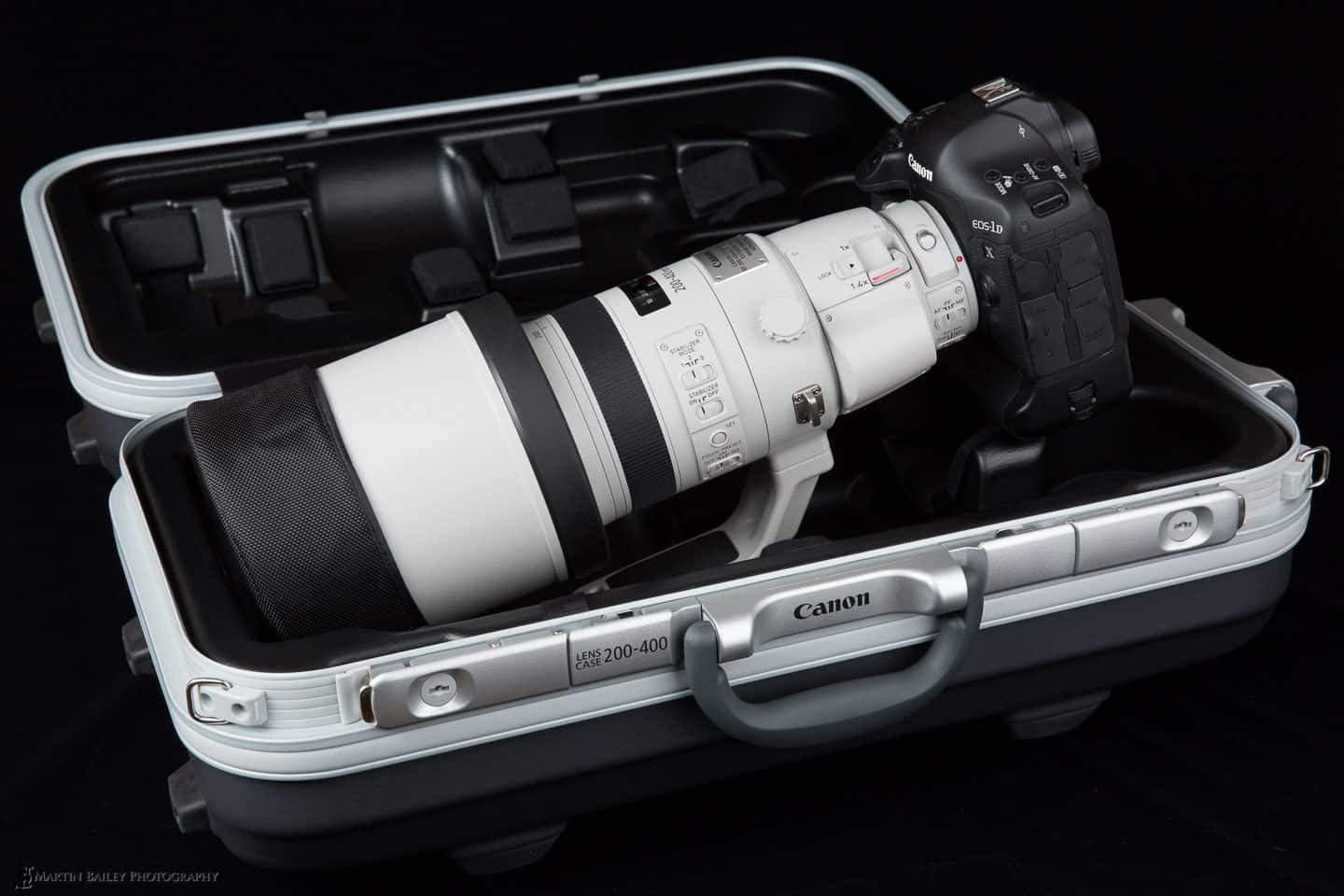
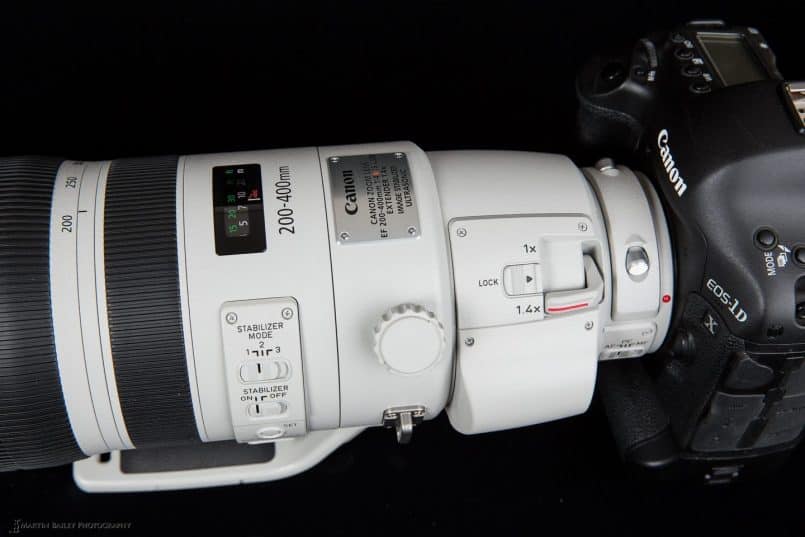
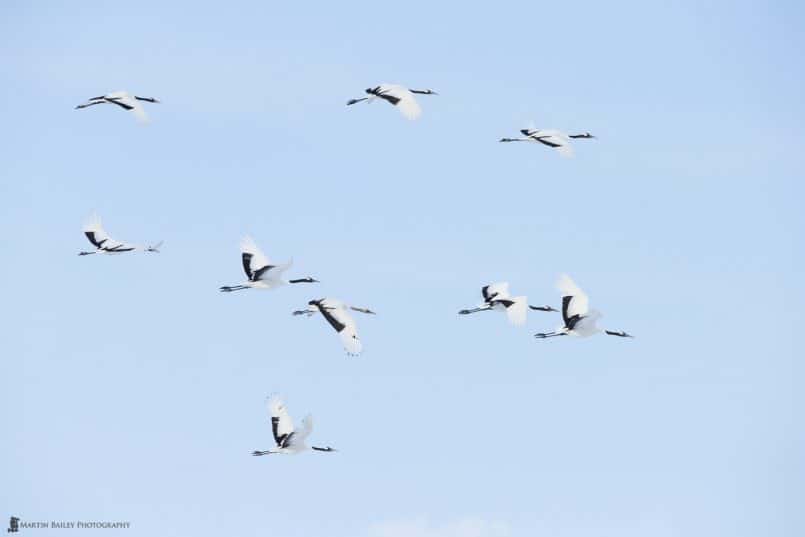
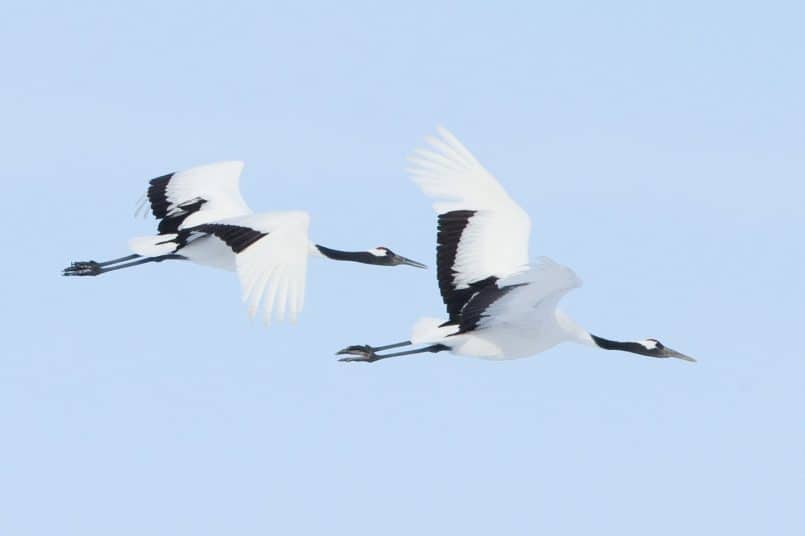

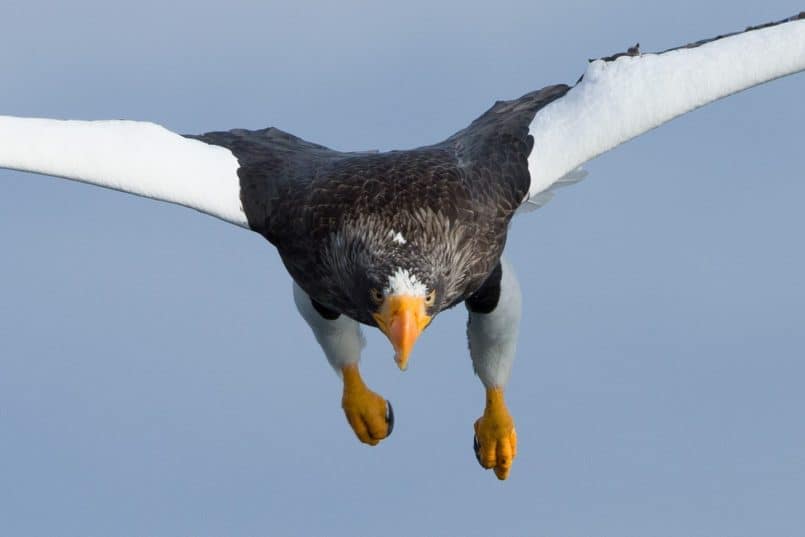
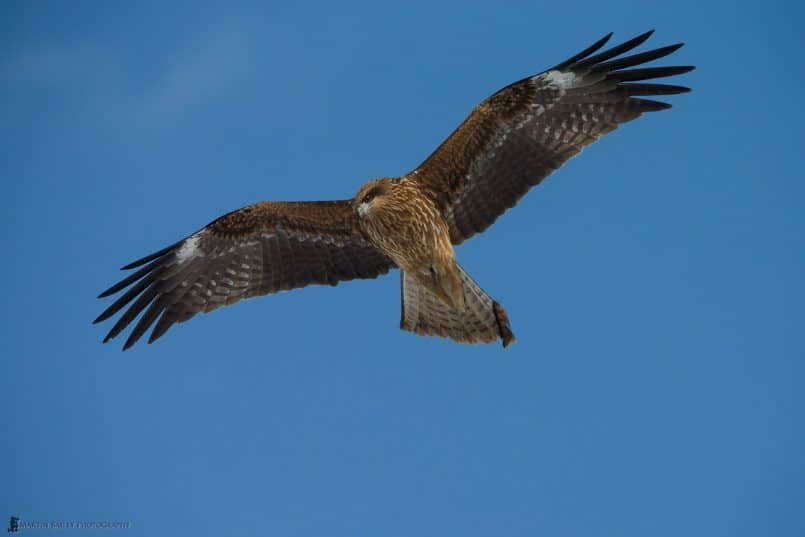
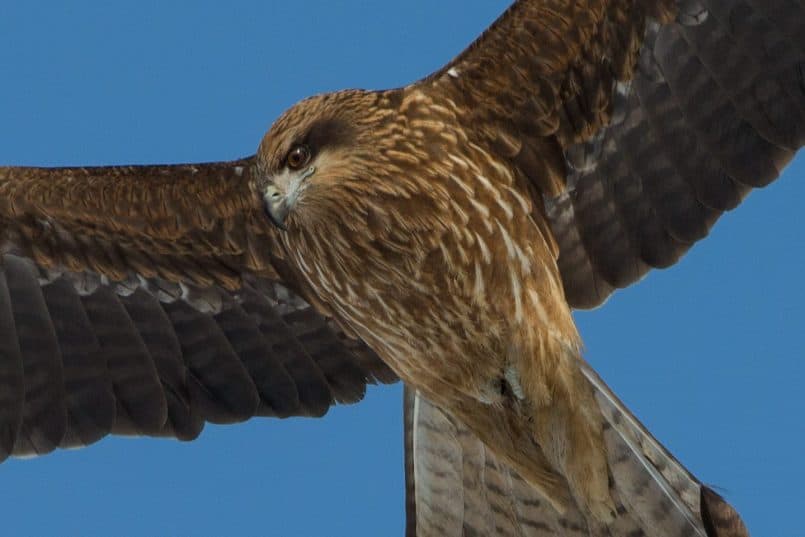
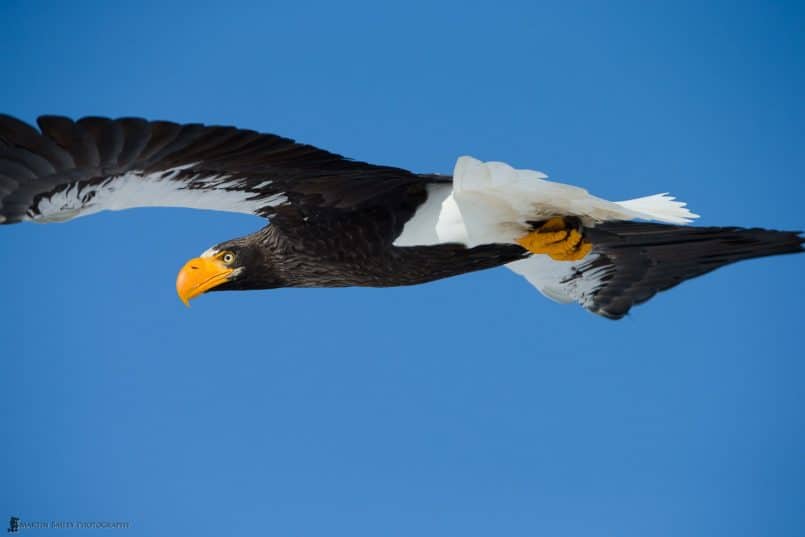
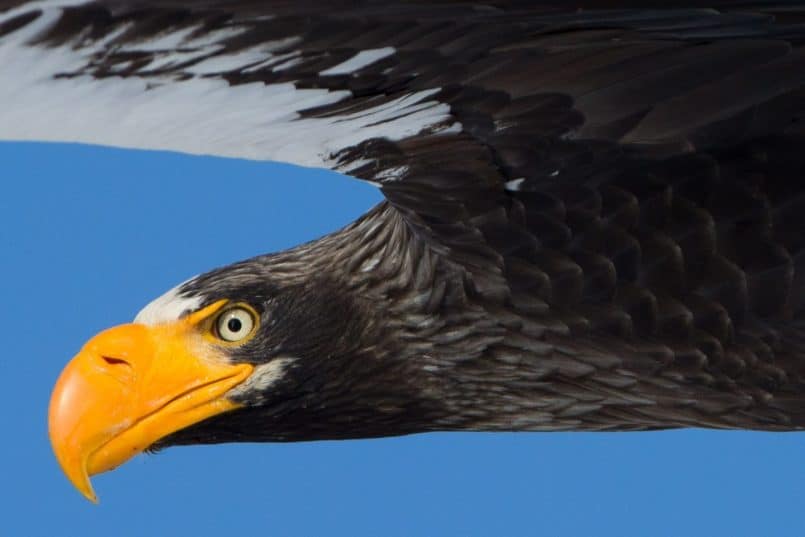

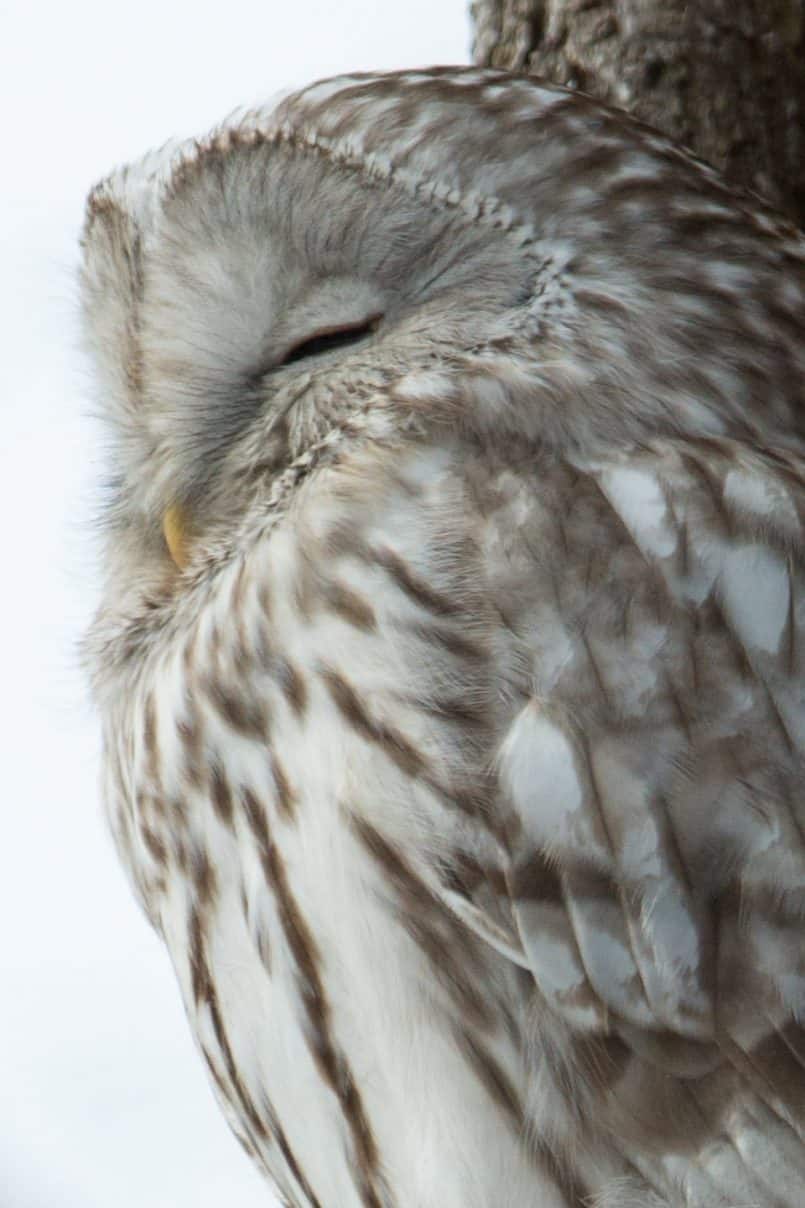
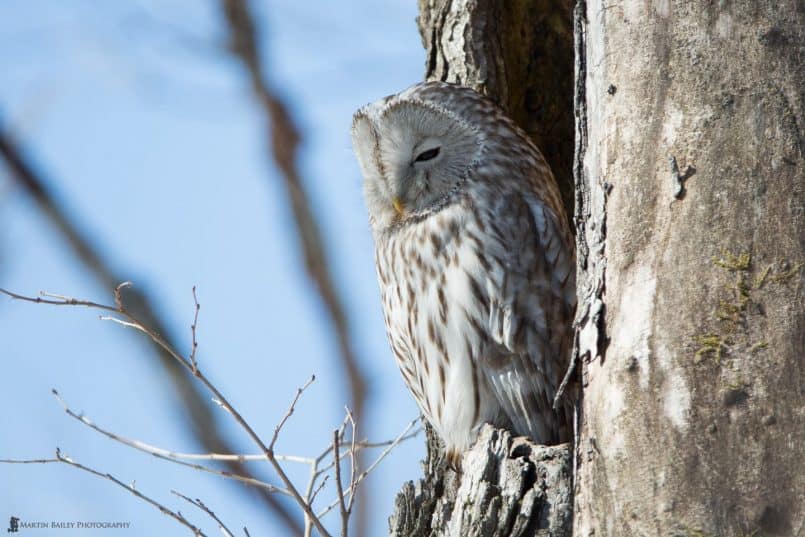
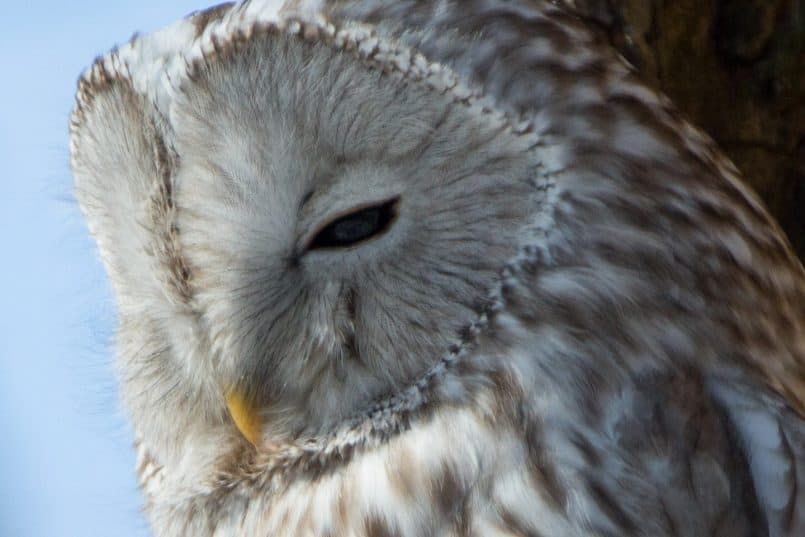

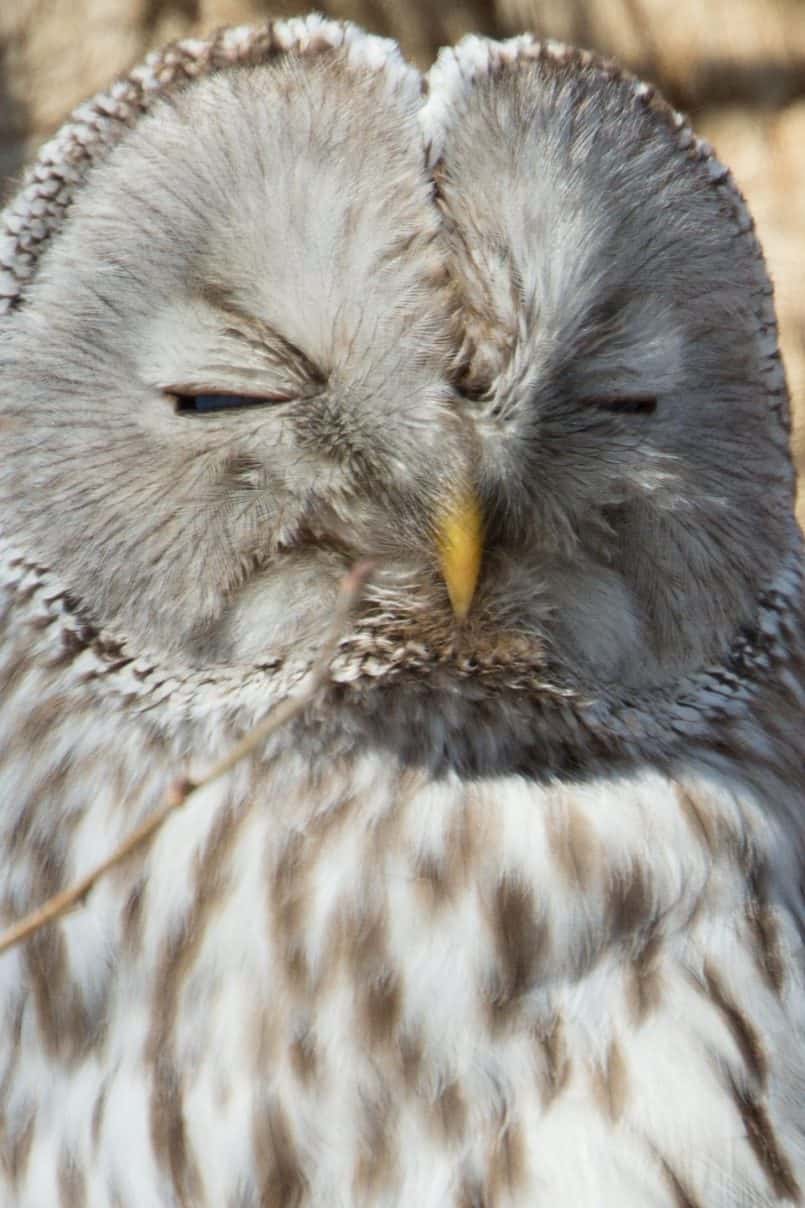
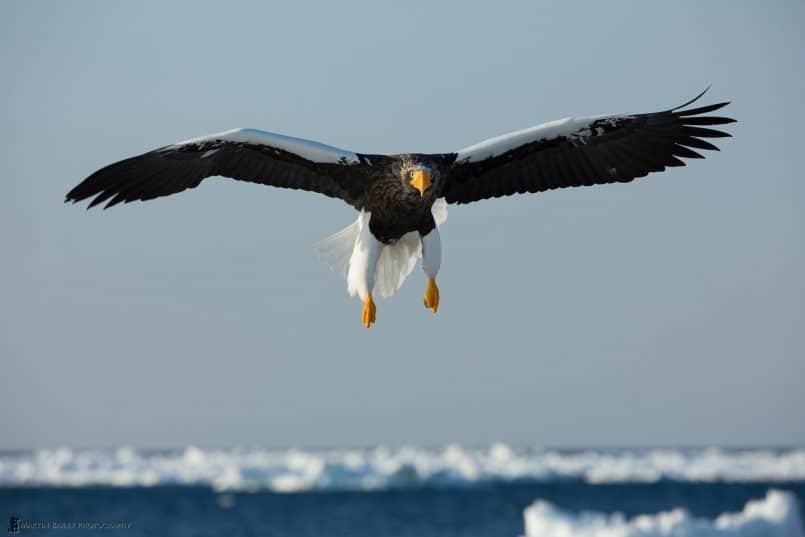
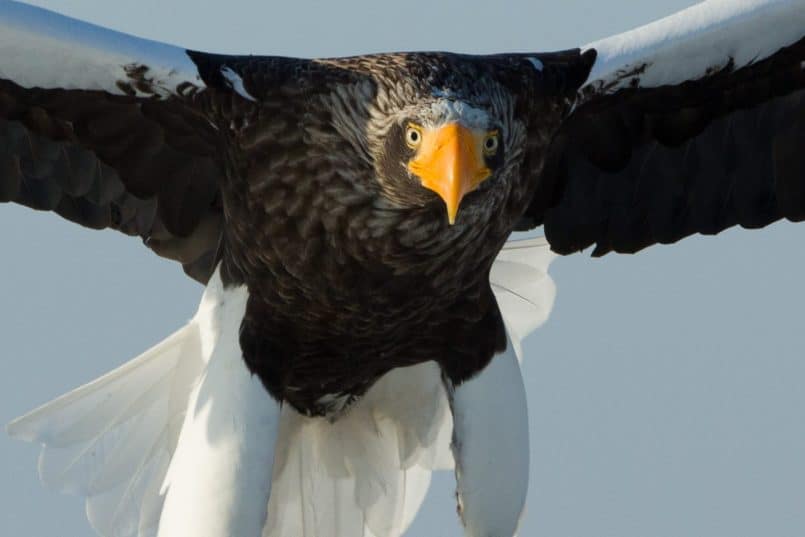
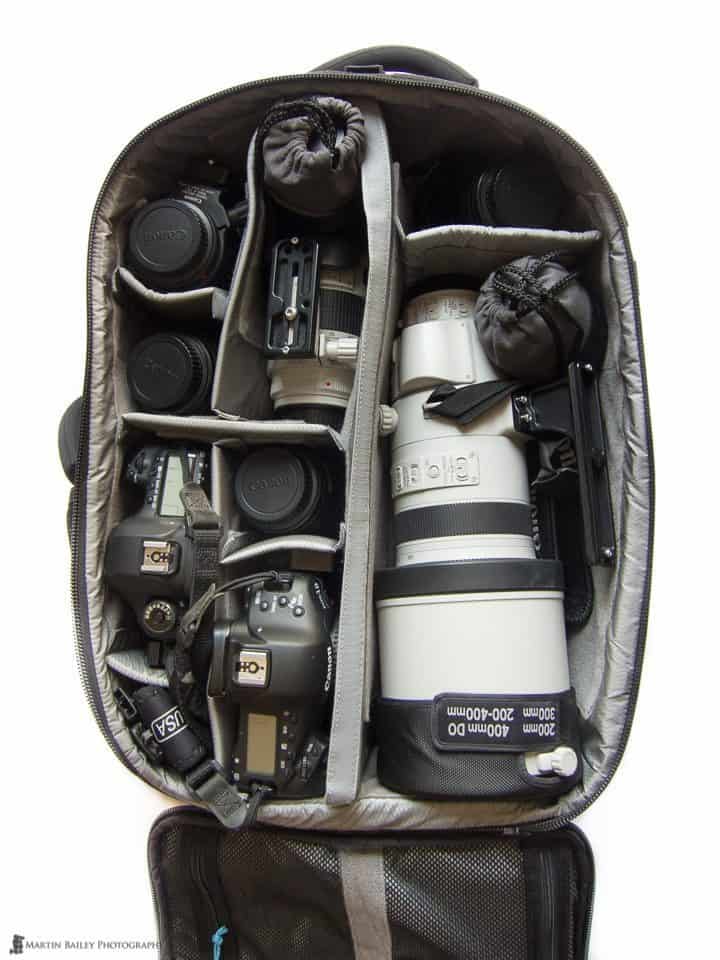
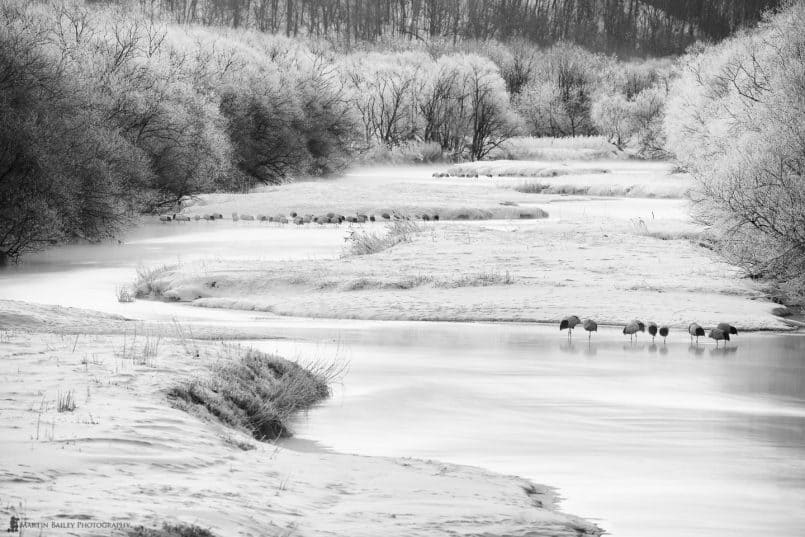


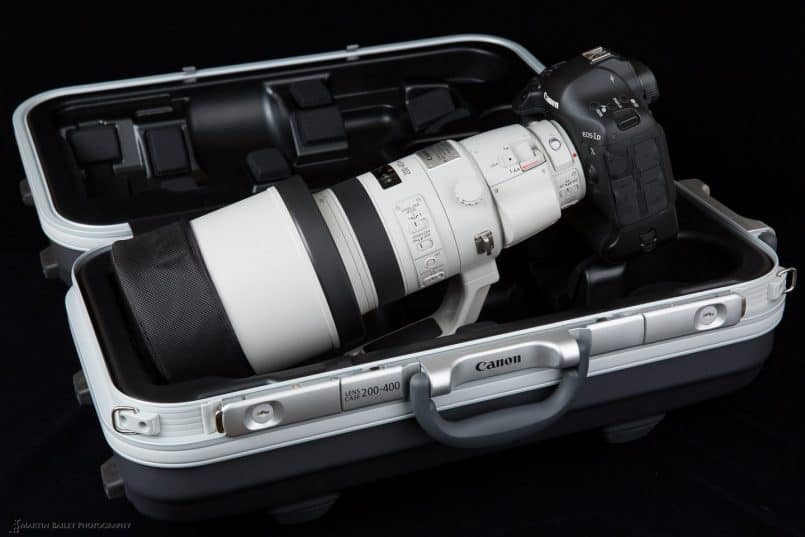


Great review Martin though I’m not likely to sell all my Nikon equipment to get one. If I shot Canon, I might be tempted.
Hee hee. I felt that way about the D800. I’d love that camera, but not so much as to abandon my Canon gear, and switching isn’t really an option. 🙂
100% outstanding lens and review
Thanks Darren!
Thanks for the great review. Given how you had to scrape together the funds to purchase it, the review didn’t suffer from the guarded approach of those who get their gear for free. I am in angst over deciding if this is the right zoom telephoto or the prime 600/4 II. Your review has helped make this lens a much more serious contender than before reading it. I am curious if you were using the 600/4 II or was it the earlier version? Same thing goes for the external extenders. What versions were used in the examples you provided in your review as I understand the Mk III versions are designed to accommodate the new generation of telephotos (including this 200-400 zoom) better than the earlier versions.
Since I like to shoot both large wildlife and also little birds, it’s a tough decision since the IQ will suffer with the external extender on the zoom as required to get the reach.
I also found it interesting that the 5D Mk III AF didn’t perform similarly as the 1DX. It’s a shame as there are better ways to differentiate the flagship model than with a deliberate under-performing AF system.
I do think there is much more flexibility using the zoom telephoto than with the fixed primes but naturally the small tradeoff will be that there will be some IQ degradation as you observed when the external extenders are also used.
Hi Rick,
It’s great that you read into that about my review, but you also have my word that I will never change what I say about a product, even if it’s one that I do sometimes receive for free in return for a review. I always make that clear to companies that I work with before I receive a product. No product is perfect, and I like to keep it real.
I was using the Mark I of the 600mm f/4 lens. It was slightly heavier and a little less sharp than the Mark II, but I was still very happy with it until the 200-400mm came along. I don’t think the difference between the Mark I and Mark II are significant enough though to change my opinion, that if you are buying now, the 200-400mm is the way to go. Image quality is just not an issue, despite this being a zoom lens, but the reduction in weight and the added flexibility is liberating. Having used a 600mm for almost 10 years and having missed many shots because I couldn’t pull back or switch to my second camera quickly enough, I was literally giggling like a teenager as I zoomed around and nailed my shots with the 200-400mm.
All Extenders are Mark III. I should have mentioned that. Sorry!
On the 600mm with Extender combination IQ, you’ll need to find out just how good that is. On the original 600mm IS, it was unusable with an Extender. The IQ just wasn’t there. In this respect the 200-400mm blows it away.
It is a shame that the 5D Mark III AF doesn’t work as well on the 200-400mm. It’s OK, but nowhere near as snappy and accurate as the 1D X. The difference took me by surprise actually.
I hope this helps some! Let me know what you eventually decide.
Cheers,
Martin.
Hi Martin,
Thank you for an excellent review. I have a quick question as I have been saving up for the 200-400 ever since I saw it, but as I have a 5D Mk III and a 7D as a backup I am not quite sure what to do at the moment.
My question is how does the 5D Mk III and your 1DX focus performance compare with your other lenses? Is it only different when you are using the 200-400 or do you see the same with other lenses when used for the same wildlife / action shots?
Thanks again for an excellent review in a real world situation.
Cheers
Mark
You’re welcome Mark. Thanks for reading/listening!
There is a slight drop in responsiveness with all lenses, although it isn’t as obvious as it was with the 200-400mm. I have to say though, when I need killer autofocus, I generally reach for the 1DX, and only used the 5D Mark III on that day as a test.
I do use the 5D Mark III with all of my lenses, including the 200-400mm for more steady paced shooting, and it performs fine. It’s just when you need split second super accurate focusing that it fails to deliver. I’m not really comparing apples to apples of course, and indeed, the 5D3 works OK with the 200-400mm, it’s just nowhere near as responsive as with the 1DX in fast paced shooting.
I’d say you’ll be fine with all lenses, just not as super responsive as it would be with the 1DX. I still nailed some images of course, and the hit rate probably improves as you work with the combination.
I hope this helps some.
It does help, thank you Martin. I know the 1DX is an amazing piece of kit and something maybe to put on my wish list (or more probably whatever Canon replace it with by the time I have saved up 🙂 ) I still have lots to learn about the 5D Mk III and all it focus modes and the fine tuning available.
Thank you for taking the time to answer my question and thank you for such an excellent podcast.
Best Regards
Mark
Hi Martin,
I just happened to read your informative review on the Canon 200-400mm lens.
I am mainly into wildlife photography and have been using the Canon 200-400 lens with the 5d MK III since about a year now. What I have noticed is that while using the camera in AI Servo with this lens, some of the images are soft & distinctly out of focus in spite of having 1st & 2nd image priority on ‘Focus’ setting. This is not constant but happens once in a while. I have also noticed a very slight micro hunting of the lens in AI Servo on some occasions. I have taken the lens to Canon who tell me there is no problem with the lens. For your information I use Single-point Spot AF and mainly Case 2 in the AI Servo AF Characteristics.
I also have a 7D MK II and the lens behaves pretty much the same on it as well.
Maybe you could throw more light on the problems I’m facing.
Best regards,
Parag Bhatt
Hi Parag,
It’s hard to say whether this is normal or not. You will never get 100% accuracy. There are always a number of frames here and there that aren’t in focus.
The 5D Mark III isn’t as good as the 1D X with this lens, but it is workable.
Depending on what you are shooting, maybe you could try the [ AF ] mode as opposed to a [ SEL ] mode (when settings the AF mode looking through the viewfinder) and set the camera so that all focus points are active, but initial focus is gained by the center focus point. Then once you have focus, it uses all focus points to track your subject. This doesn’t work well if there are lots of other objects in the foreground and background, but you can also tweak the settings in the focus in Case 2 as well, so that focus doesn’t move to other objects very quickly.
For my settings, I generally use Tracking sensitivity set to -2, Accel./decel. tracking set to 1 and for AF pt auto switching I move between 0 and 1 depending on how accurately it’s working in a given situation.
Give this a try and see how it goes.
Martin.
Hi Martin,
Many thanks for taking time off to read my message.
Maybe I’ll try your suggestion of the [AF] mode and tweak the cases and see if it improves.
Thank you once again.
Best regards,
Parag
Hi Martin,
Great review!!!
i did the same as you, sold my 300 2.8 L IS and 600 f4 L IS to buy this beauty!!
Although I’m not regret, sometimes I need more reach and I miss the 600 + 1.4 III, but I agree that with this Lens we have an excelent focal lenght with great quality.
Finally, I’ve sold my 5D mk3 and 7D2 to buy an used 1Dx. 🙂
I thought a good idea to complement the 200-400 with the 500f4 mkI but I’m not sure if I can justify this, even if I consider the 200-400 as a 380mm.
Hi Nuno,
Sorry I didn’t reply to your first comment yet. I’ve been busy with traveling.
There’s really no point in owning the 500mm or 600mm once you own the 200-400mm. It can get a bit soft but with careful manual focusing, you can even add an external 2X Extender and shoot with the internal 1.4X Extender engaged at a push. I can’t see any situation when I would put up with the extra trouble and weight involved in carrying a second lens of similar size. The benefits are too small.
Congrats on getting the 1DX. 🙂
Regards,
Martin.
Thanks Marin for your feedback.